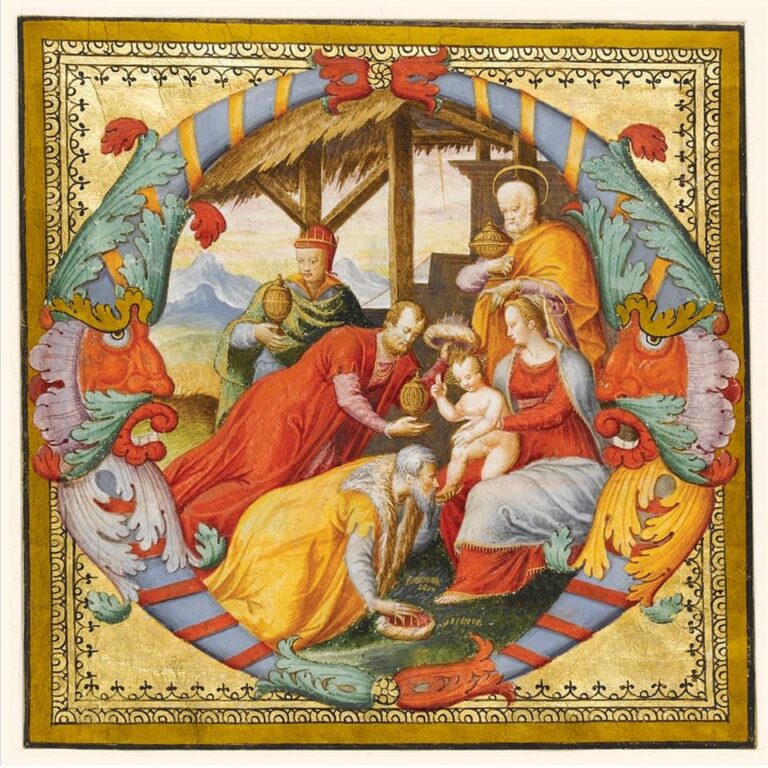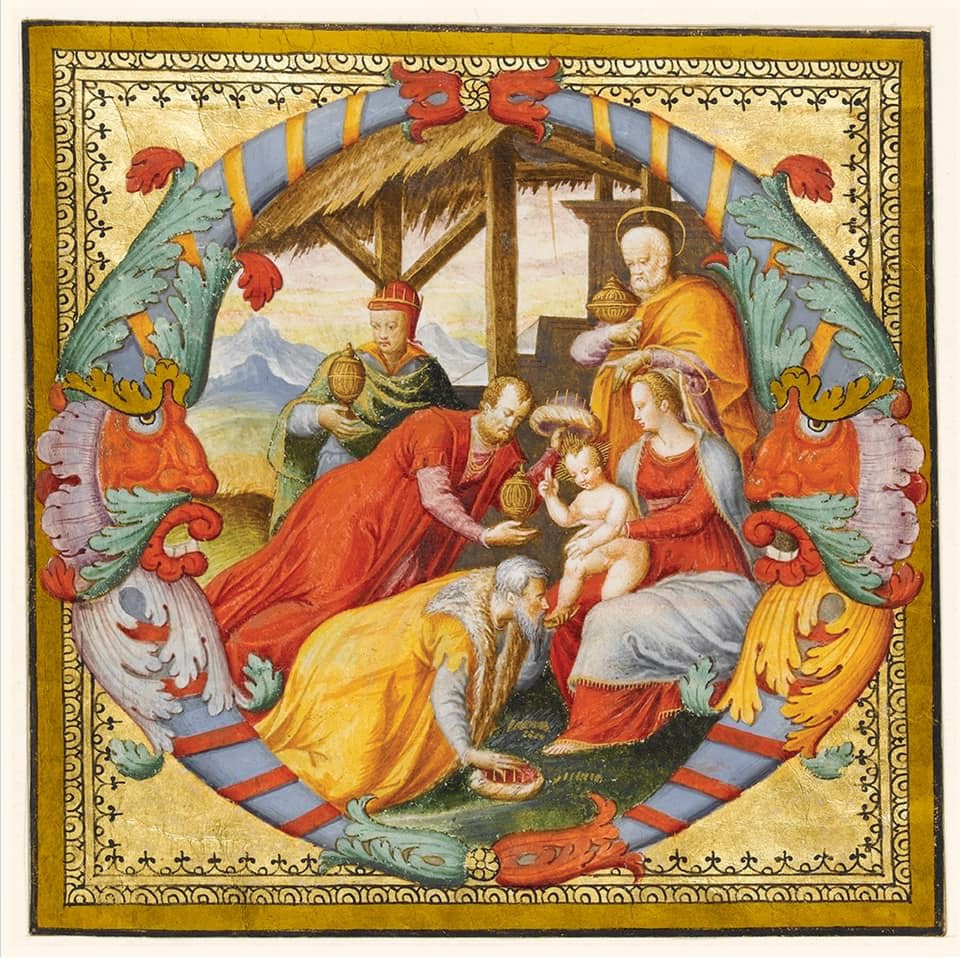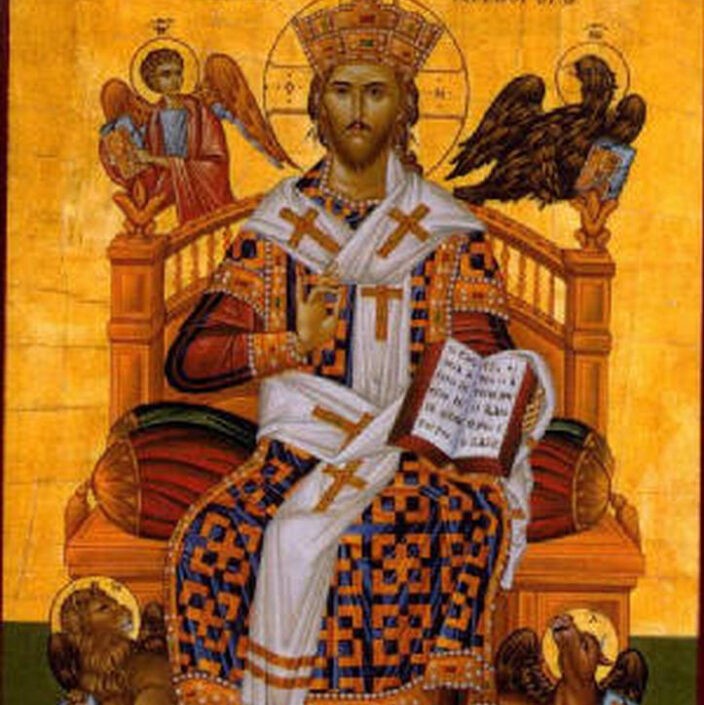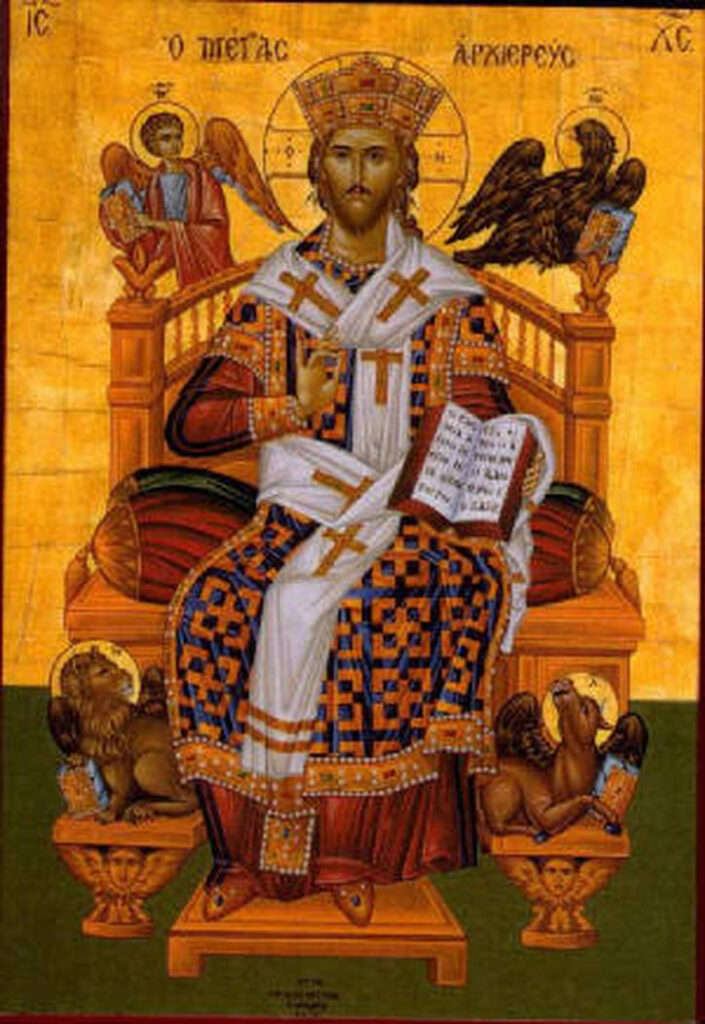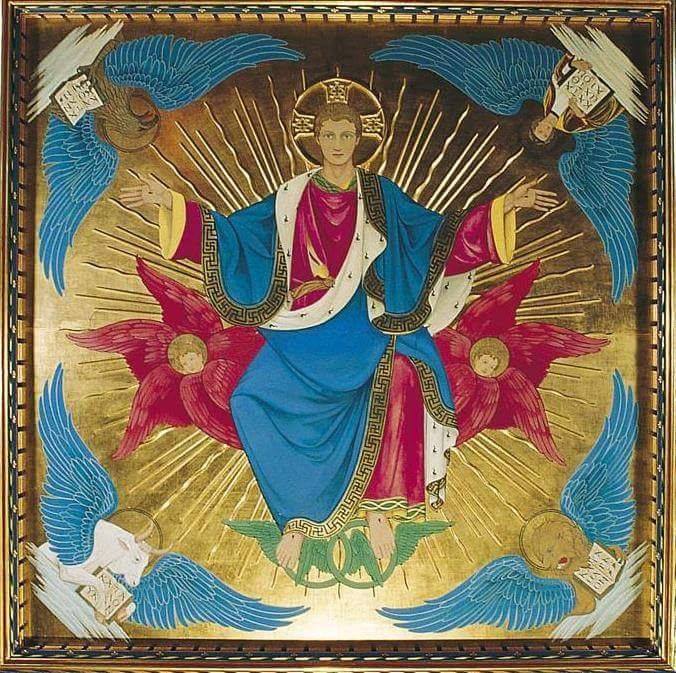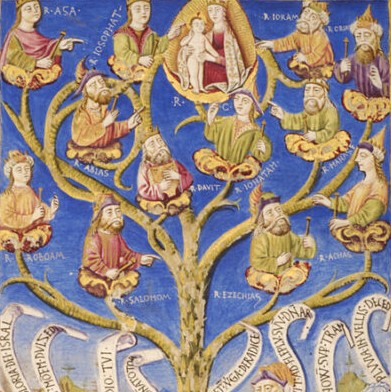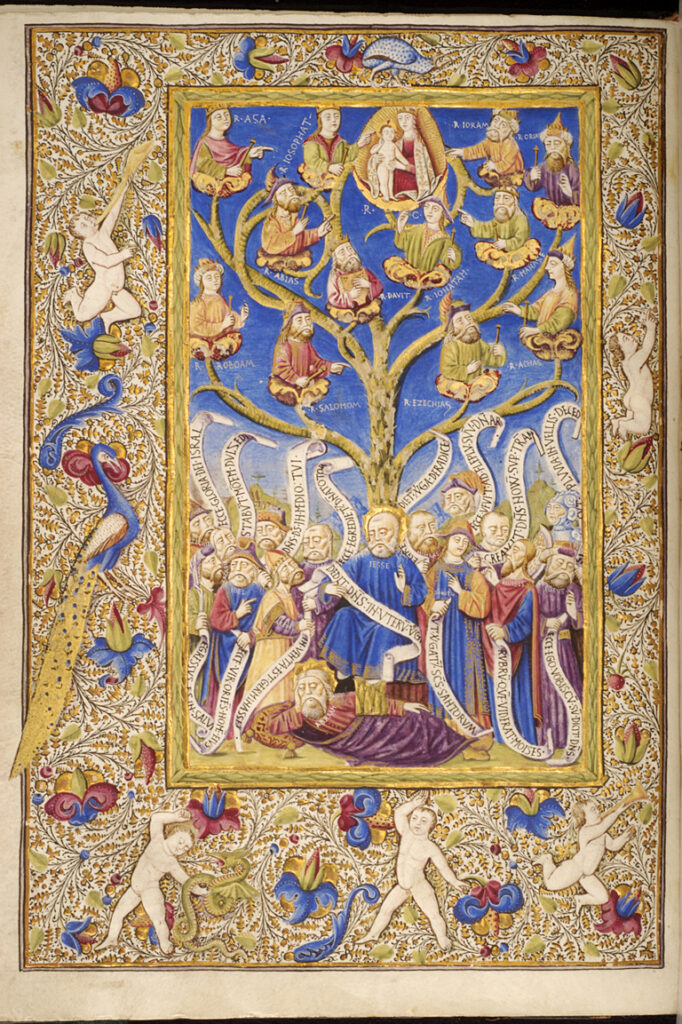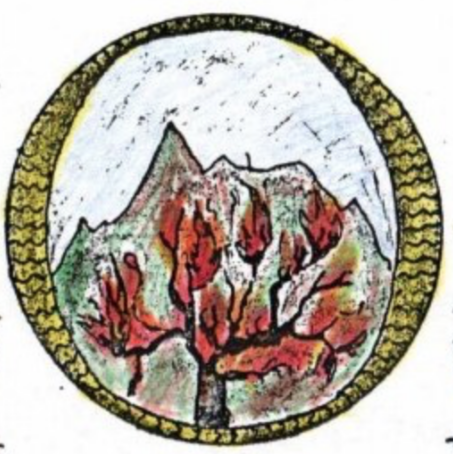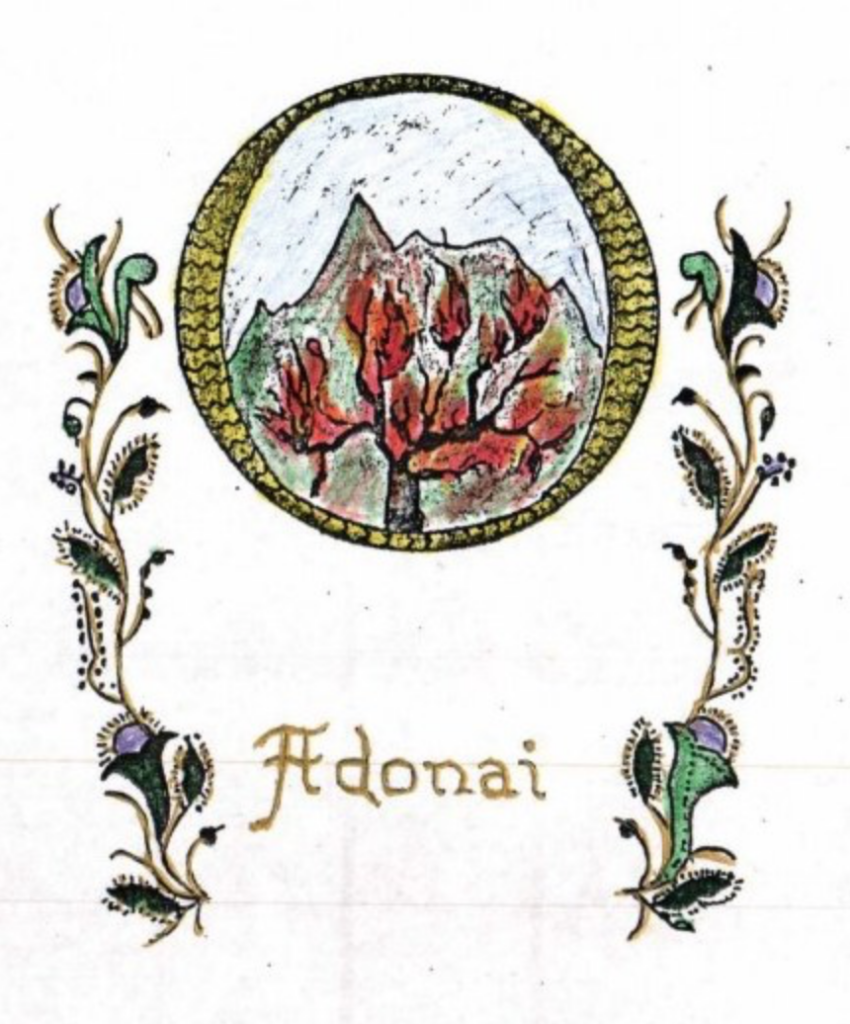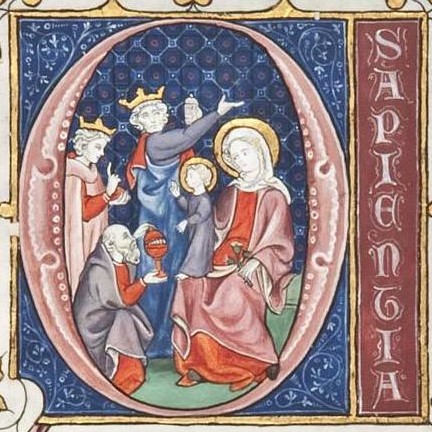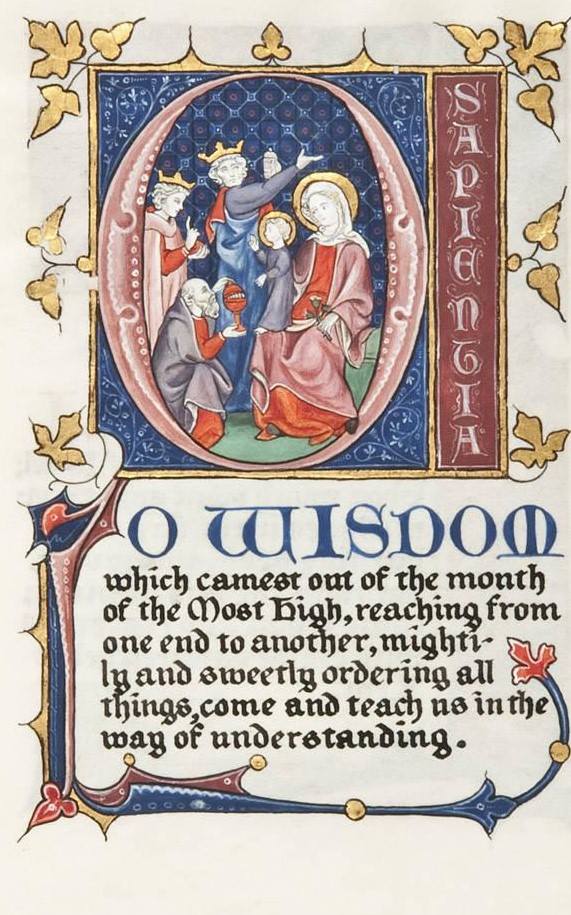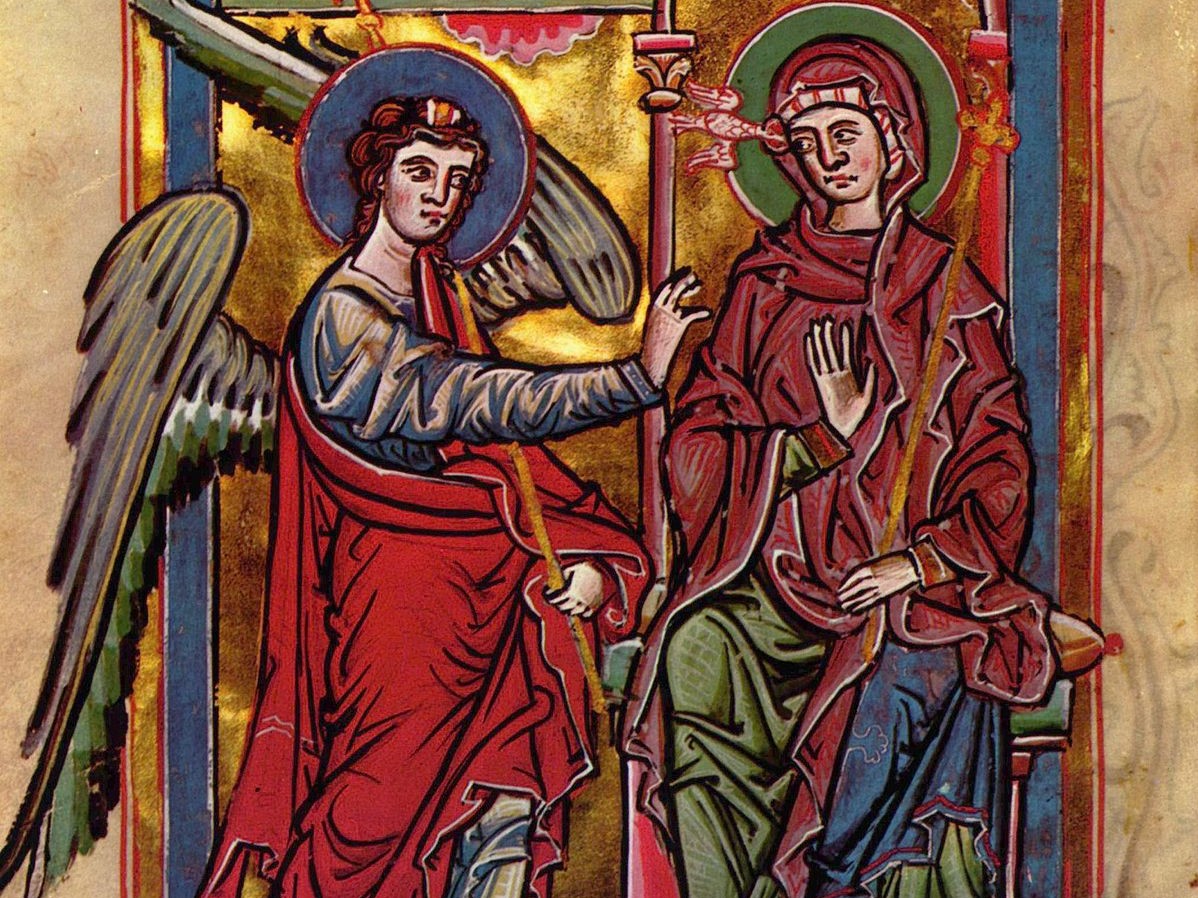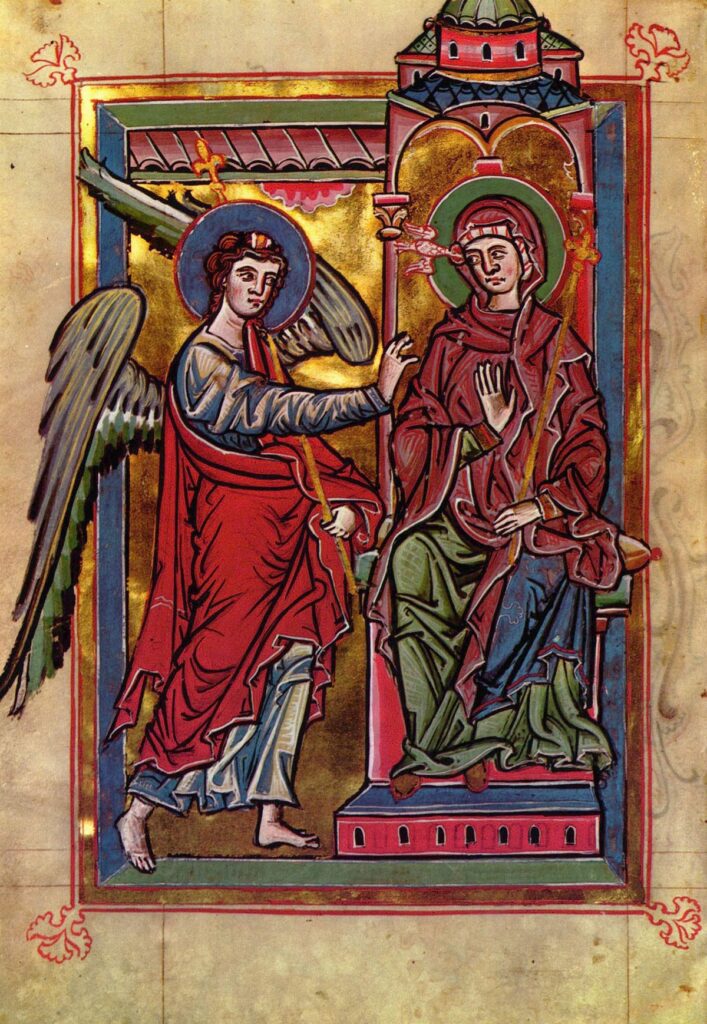23 November 2023
Advent & the O Antiphons
By Joey Belleza
As the Church begins a new liturgical year with the First Sunday of Advent, many parishes all over the English-speaking world will mark this change in through the singing of “O Come, O Come Emmanuel” at Mass. But the origins of this beloved hymn arise from the ancient Church; the sixth century martyr Saint Boethius references these texts in his famous and final work Consolation of Philosophy (written as he awaited execution in 523 AD), meaning that these texts were already widely circulated in the fifth century or earlier. They did not yet take the form of a unified hymn, but in the form of seven separate antiphons which invoke Christ under seven different titles, asking Him to return again. These are the “O Antiphons,” so called because each one begins with the vocative ‘O’.
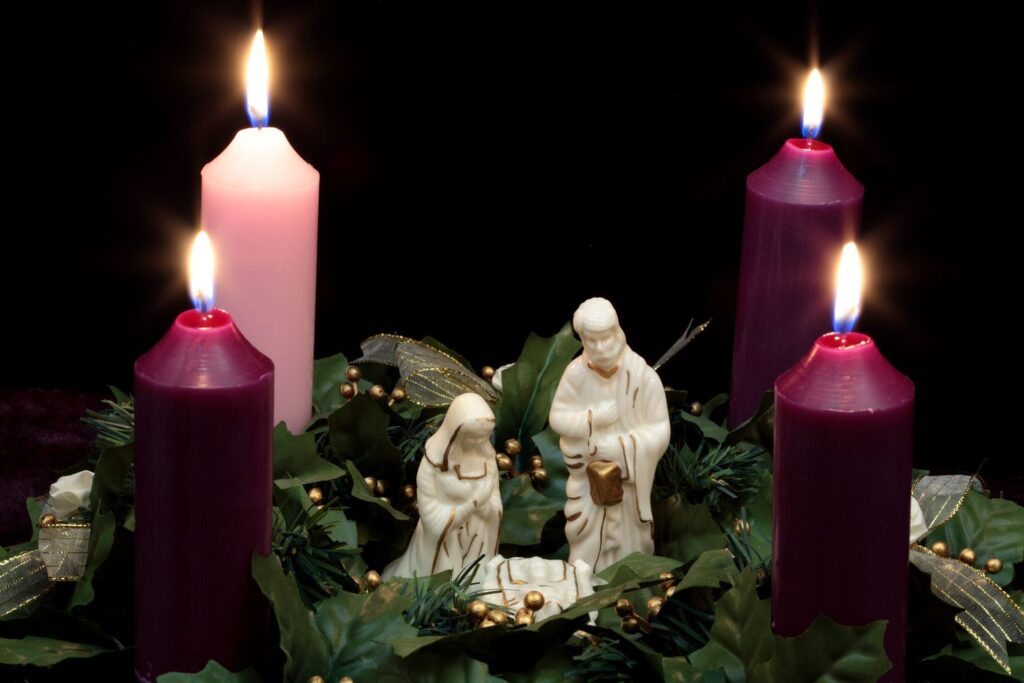
The sequence of O Antiphons is as follows: O Sapientia (O Wisdom), O Adonai (O Lord), O Radix Jesse (O Root of Jesse), O Clavis David (O Key of David), O Oriens (O Rising Sun), O Rex Gentium (O King of the Nations), O Emmanuel. Traditionally, each of these was assigned respectively to the last seven days before Christmas, beginning on 17 December (O Sapientia) end ending on the 23 December (O Emmanuel). While the composer of the O Antiphons remains unknown, the author must have been highly literate with a poetic spirit; a feature of the O Antiphons considered together is that, when the first letter of each title is read in reverse order, an acrostic phrase is revealed: “ERO CRAS,” meaning “I will be there tomorrow.” Since the sequence ends on the evening of the 23rd, the anticipation of Christ’s arrival on Christmas Eve is subtly referenced in the antiphons. Furthermore, each antiphon makes use of several scriptural references. To give just a few examples, let us consider the first two antiphons, O Sapientia and O Adonai.
O Sapientia,
quae ex ore Altissimi prodiisti,
attingens a fine usque ad finem fortiter
suaviterque disponens omnia:
veni ad docendum nos viam prudentiae.
“O Wisdom, who came forth from the mouth of the Most High, reaching from end to end with strength and sweetly ordering all things: come to teach us the way of prudence.”
This antiphon references the following scriptural passages: “I came forth from the mouth of the Most High” (Sirach 24:3); “[Wisdom] reaches mightily from one end of the earth to the other, and she orders all things well” (Wisdom 8:1); “Forsake childishness, and live, and walk by the ways of prudence” (Proverbs 9:6).
O Adonai,
et dux domus Israel,
qui Moysi in igne flammae rubi apparuisti
et ei in Sina legem dedisti:
veni ad redendum nos in brachio extento.
“O Lord and chief of the House of Israel, who appeared to Moses in the flame of the burning bush and gave him the Law on Mount Sinai: come to redeem us with your outstretched arm.”
This antiphon references the following scriptural passages: “I came forth from the mouth of the Most High” (Sirach 24:3); “[Wisdom] reaches mightily from one end of the earth to the other, and she orders all things well” (Wisdom 8:1); “Forsake childishness, and live, and walk by the ways of prudence” (Proverbs 9:6).
This references the following passages: “I am the Lord. I appeared to Abraham, Isaac, and Jacob as God Almighty (El Shaddai), but by my name ‘The Lord’ (Adonai) I did not make myself known to them” (Exodus 6:2-3); “the chief over my people Israel” (2 Chronicles 6:5); “The angel of the Lord appeared to him in a flame of fire out of a bush” (Exodus 3:2); “These are the commandments that the Lord gave to Moses for the people of Israel on Mount Sinai” (Leviticus 27:34); “I will redeem you with an outstretched arm” (Exodus 6:6).
As we can see in these two examples, the anonymous author has done a wondrous job of recalling images from the Old Testament, and invoking them to link the coming of Christ with the saving acts of God under the covenant made with Abraham. This style of composition continues with the rest of the antiphons, showing how the events of salvation history given to Israel all find their fulfilment in the Incarnation of Christ.
But why are they not all sung at once, as when we sing “O Come, O Come Emmanuel” in English? Why are they assigned to different days?
The O Antiphons are special because of their original place in the liturgy; that is, they were the antiphons for the Magnificat, which is sung at Vespers each day. For the days 17-23 December, in recognition of the Marian character of the season, these antiphons which express hope for the coming of Christ were matched with Mary’s own prayer of expectation for her Son. Thus, the O Antiphons themselves assume a kind of Marian character at the moment in the liturgical year when the Church most eagerly anticipates the celebration of Christmas as well as the Second Coming of Christ. When we sing the O Antiphons as the Church intends, we too enter into the mode of hopeful expectation, as did the Blessed Virgin, that Christ will come once again into the world, “to teach us the way of prudence” and “to redeem us with an outstretched arm.”
To hear the O Antiphons as sung in the Church for centuries, including the Magnificat, see the video below by the Dominican Friars of Fribourg, Switzerland. All the antiphons are available on their Youtube channel.
For more about each O Antiphon, see our previous posts here: (1) O Sapientia, (2) O Adonai, (3) O Radix Jesse, (4) O Clavis David, (5) O Oriens, (6) O Rex Gentium, (7) O Emmanuel.


